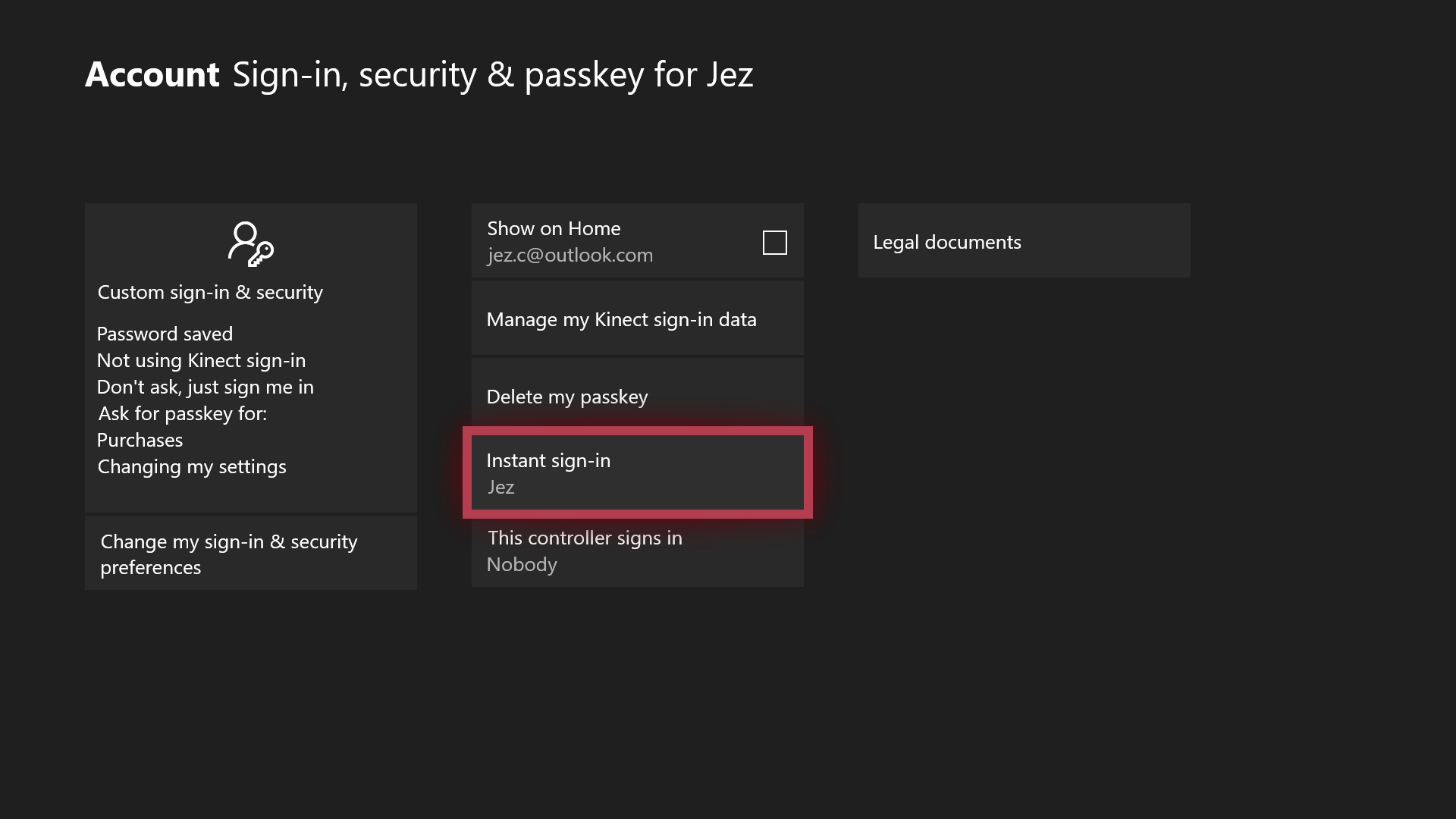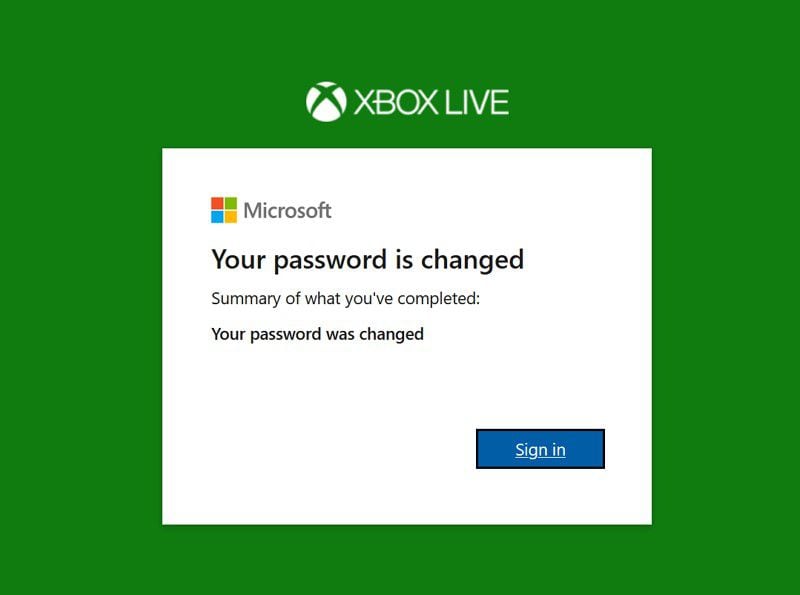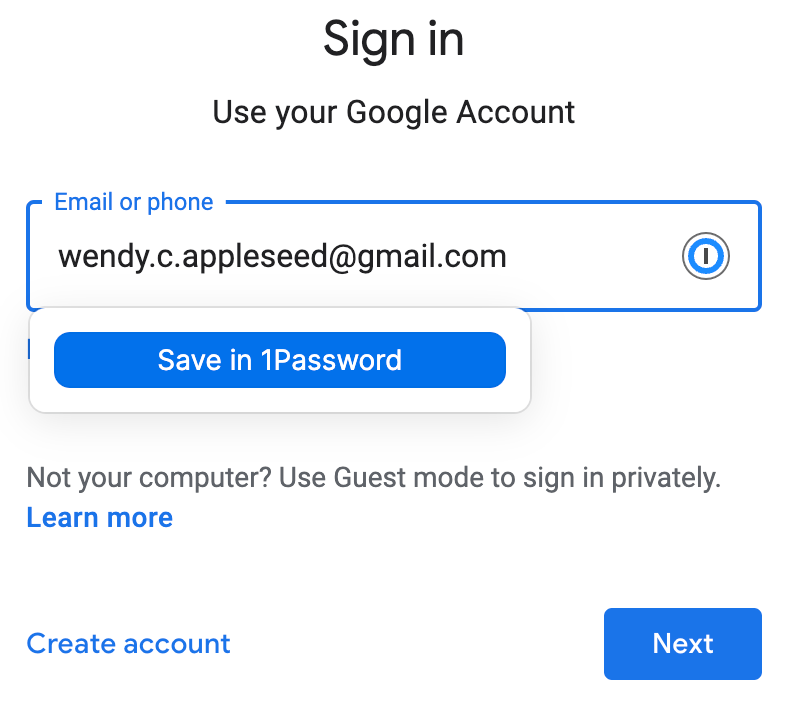Impact: All users will be required to change their password when logging in after 8am CST on. Just sign in and go. Access your favorite Microsoft products and services with just one login. From Office and Windows to Xbox and Skype, one username and password connects you to the files, photos, people, and content you care about most.
Can't remember Windows 10 password so that you cannot successfully login Windows 10 computer now? Don't be anxious, besides the forgotten password, there are still other ways for you to regain access to Windows 10 computer. No matter you can't remember Microsoft account password or local account password, following methods could help you to sign in Windows 10 computer easily again.
3 common methods to sign in computer when you can't remember Windows 10 password for logon:Method 1: Sign in Windows 10 PC with PIN/Picture Password
Try this method when you can't remember Windows 10 local account password. As we know, when we create a password for local user, PIN or Picture password also can be set as sign-in options for this user acount.
Note: How to add sign-in options on Windows 10
1. Just click Sign-in options under password input box, and you can see whether PIN or Picture password exits.
2. When they appears, choose PIN at first and try to sign in Windows 10 with four digital codes.
3. If still failed, choose Picture password and try to draw three gestures you have set on a picture.
After these login attempts, probably you have successfully signed in Windows 10. And then you can change forgotten Windows 10 password in Control Panel, Command Prompt, Computer Management etc. If still can't sign in Windows 10, please try other methods.
Method 2: Access Windows 10 Computer with Microsoft Account
Make full use of Microsoft account to sign in Windows 10 computer as long as it has been added for logon.
Case 1: When you still remember Microsoft account password on Windows 10
Just select Microsoft account on Windows 10 login screen and sign in with its password.
Case 2: When you can't remember Microsoft account password Windows 10
You will have a free way to reset or change forgotten Microsoft account password. And then sign in Windows 10 computer with its new password.
1. Go to Microsoft account password reset page on another computer.
2. Choose the reason why you can't sign into Microsoft account on Windows 10.
3. Verify your Microsoft account with security code, which can be received by an email or phone number.
4. Enter a new password twice to reset it for Microsoft account.
5. Choose Microsoft account on Windows 10 login screen, and type its new password to access computer.
Besides Microsoft service, the utility Windows 10 Password Genius also applies to Microsoft account password reset at any time, especially when you don't want to leakage your personal phone number or email account online.
Method 3: Sign in Windows 10 Computer with Old or New Administrator Account
Take this method if you find you have no Microsoft account added for Windows 10 logon. Then you would just could sign in Windows 10 computer with local account, such as administrator.
1. Sign in Windows 10 with old administrator account

Perhaps you have created several user account with admin privileges when computer is accessible. Now start Windows 10 and on its login screen, choose one of them to login Windows 10 computer, such as built-in administrator, and other local administrator account.
2. Sign in Windows 10 computer with new administrator account
If you find built-in administrator is disabled and there is no available local account, you can try to create new administrator account on Windows 10 with iSunshare Windows 10 Password Genius or Windows 10 install disc.
Example: create new administrator account on Windows 10 with iSunshare tool

Step 1: Burn Windows 10 Password Genius into bootable USB drive on another accessible computer.
Step 2: Boot Windows 10 computer from USB and create new administrator account.
1. Plug bootable USB into locked Windows 10 computer and start Windows 10 computer from USB flash drive.
2. While Windows 10 Password Genius successfully runs on Windows 10 and lists all user accounts, click the Add User button and type a new user name and password. Then a new administrator account will be created.
Surely, while you choose the password-forgotten administrator account and click on Reset Password button, its forgotten password will be removed. And then you will be able to sign in Windows 10 with new or old administrator account.
Step 3: Sign in Windows 10 with administrator account.
At last, it is time to tap on Reboot button and eject USB drive, in order to restart Windows 10 from hard drive and validate the changes. Select the local administrator account on login screen and sign in Windows 10.
Conclusion:
Local account and Microsoft account are two kinds of login users on Windows 10. If you can't remember password of one of them, please try to login with the other. However, if you can't remember all of Windows 10 password, you just could create new administrator account or reset Windows 10 forgotten password in purpose of computer access.
Related Articles:

What is a password vault?
A password vault, also called a password manager, is a program that stores usernames and passwords for multiple applications in a secure location and in an encrypted format. Users can access the password vault via a single username and password. The password vault then provides them the password for the website they are trying to access.
Consumers often use the password manager built into Chrome or Safari, for example. In those cases, Google or Apple stores your password information. Businesses may buy a password management tool. (Note that some password managers will also generate more secure, random passwords, called one-time passwords [OTPs], for the user for each site.)
What is single sign-on?
Single sign-on (SSO) is a secure solution that provides employees access to company apps and websites by asking them to sign in just once a day, using one username and password. When you sign in to a website through Facebook or Google, you’re using a type of SSO. In a business setting, employees usually have access to their company’s apps through SSO as an identity and access management (IAM) solution that uses the company’s directory, such as Microsoft Active Directory, Azure Active Directory, or a directory provided by the SSO solution.
Which is better, SSO or password vaults?
In general, SSO is considered more secure and easier to use than password vaults. As part of an IAM solution, SSO eliminates the need for employees to maintain multiple passwords, easing the burden on users. It also reduces the frequency of logins and the number of credentials stored, reducing the attack surface for cybercriminals.
When businesses begin to implement stricter password requirements, they often start with password managers. For example, an organization might require that passwords are changed frequently, use random characters, or be longer. Since these more complex passwords are harder to remember, the organization may buy a password manager that employees can use to store them in an encrypted, relatively secure environment.

But most organizations quickly outgrow password managers. For one thing, password managers introduce a new problem: employees must add password management to their list of tasks. Password vaults also don’t solve the problem of app proliferation, and they still require users to waste time logging into each app. Since 68% of users report having to switch between 10 different apps every hour, that’s a lot of wasted time.
Download One Password
Single sign-on systems let users log in just once, with one set of credentials, to access all apps. SSO systems often use the business’s identity provider, such as Active Directory, for added security. And they use standard, widely accepted protocols, such as SAML or OAuth, and technologies like digital certificates to provide enterprise-level security.
One Password App
SSO is more secure because passwords aren’t being passed around. Instead, after users log in, the SSO system passes tokens to the app or website requesting authentication. Many SSO solutions also work across both on-prem and cloud apps and websites, providing seamless and secure access across corporate systems.
